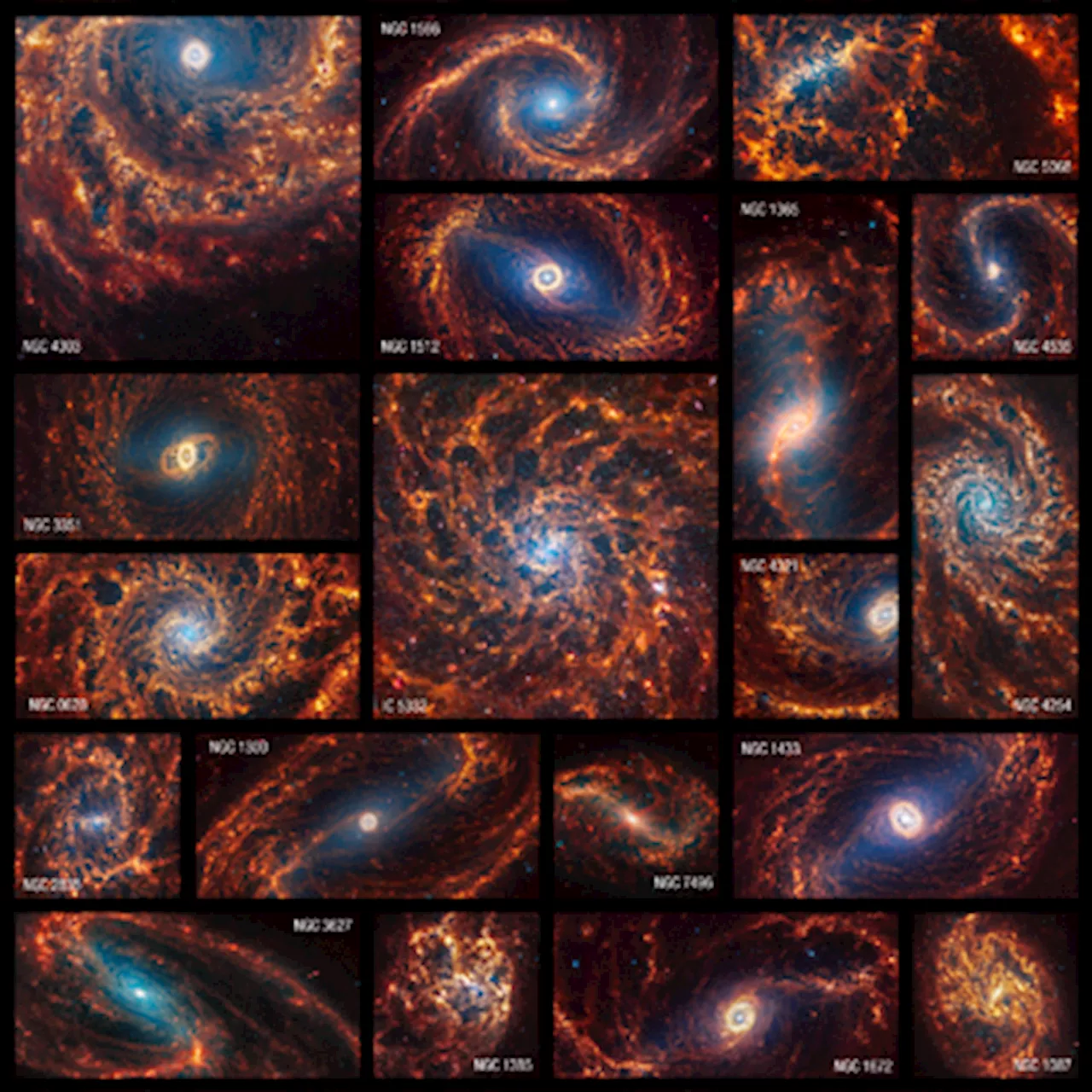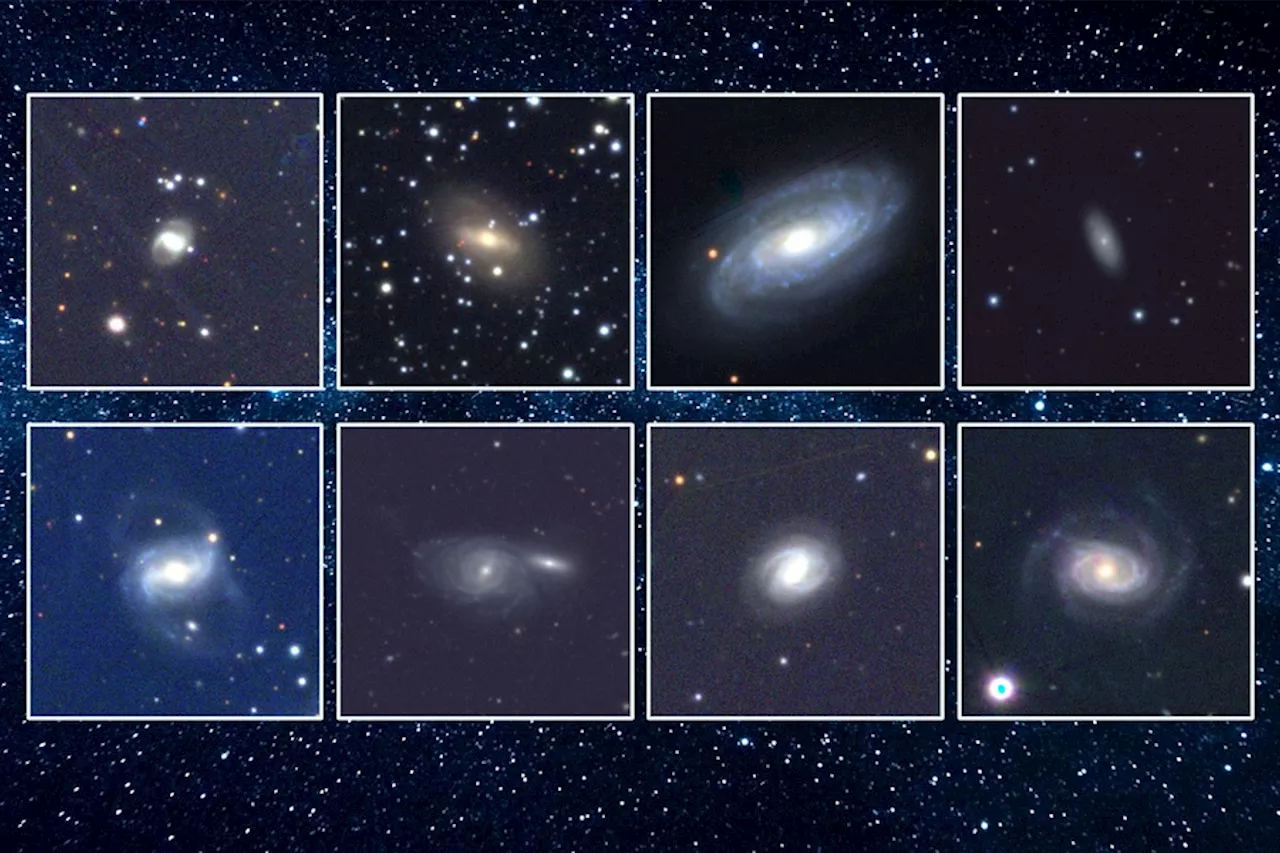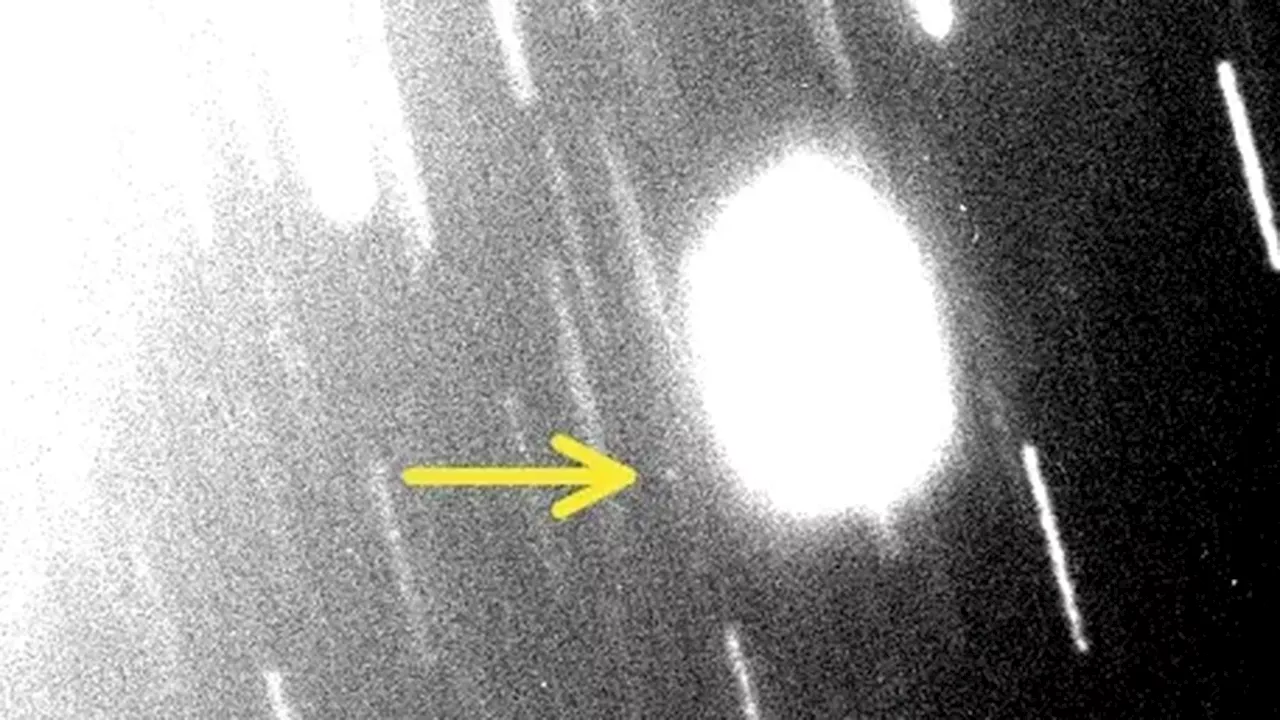A galaxy that suddenly stopped forming new stars more than 13 billion years ago has been observed by astronomers. Using the James Webb Space Telescope, astronomers have spotted a 'dead' galaxy when the universe was just 700 million years old, the oldest such galaxy ever observed.
A galaxy that suddenly stopped forming new stars more than 13 billion years ago has been observed by astronomers. Using the James Webb Space Telescope, astronomers have spotted a 'dead' galaxy when the universe was just 700 million years old, the oldest such galaxy ever observed.
This galaxy appears to have lived fast and died young: star formation happened quickly and stopped almost as quickly, which is unexpected for so early in the universe's evolution. However, it is unclear whether this galaxy's 'quenched' state is temporary or permanent, and what caused it to stop forming new stars.
Astronomers believe that star formation can be slowed or stopped by different factors, all of which will starve a galaxy of the gas it needs to form new stars. Internal factors, such as a supermassive black hole or feedback from star formation, can push gas out of the galaxy, causing star formation to stop rapidly. Alternatively, gas can be consumed very quickly by star formation, without being promptly replenished by fresh gas from the surroundings of the galaxy, resulting in galaxy starvation.
"Everything seems to happen faster and more dramatically in the early universe, and that might include galaxies moving from a star-forming phase to dormant or quenched," said Looser. The astronomers say that although it appears dead at the time of observation, it's possible that in the roughly 13 billion years since, this galaxy may have come back to life and started forming new stars again.
Indonesia Berita Terbaru, Indonesia Berita utama
Similar News:Anda juga dapat membaca berita serupa dengan ini yang kami kumpulkan dari sumber berita lain.
 James Webb Spots Cosmic Foundry Generating Pure GoldScience and Technology News and Videos
James Webb Spots Cosmic Foundry Generating Pure GoldScience and Technology News and Videos
Baca lebih lajut »
 19 Stunning Galaxy Images from the James Webb Space TelescopeExplore the universe with JWST's stunning images of 19 spiral galaxies. These star clusters and gas filaments offer new insights into galaxy evolution and star formation.
19 Stunning Galaxy Images from the James Webb Space TelescopeExplore the universe with JWST's stunning images of 19 spiral galaxies. These star clusters and gas filaments offer new insights into galaxy evolution and star formation.
Baca lebih lajut »
 Astronomers See 18 Examples of Stars Getting Torn Apart by Black HolesSpace and astronomy news
Astronomers See 18 Examples of Stars Getting Torn Apart by Black HolesSpace and astronomy news
Baca lebih lajut »
 Astronomers are puzzled over an enigmatic companion to a pulsarThe strange entity has a mass between that of a neutron star and a black hole. It’s either one or the other or something else entirely.
Astronomers are puzzled over an enigmatic companion to a pulsarThe strange entity has a mass between that of a neutron star and a black hole. It’s either one or the other or something else entirely.
Baca lebih lajut »
 Astronomers discover new moons orbiting Uranus and NeptuneLaura is a science news writer, covering a wide variety of subjects, but she is particularly fascinated by all things aquatic, paleontology, nanotechnology, and exploring how science influences daily life. Laura is a proud former resident of the New Jersey shore, a competitive swimmer, and a fierce defender of the Oxford comma.
Astronomers discover new moons orbiting Uranus and NeptuneLaura is a science news writer, covering a wide variety of subjects, but she is particularly fascinated by all things aquatic, paleontology, nanotechnology, and exploring how science influences daily life. Laura is a proud former resident of the New Jersey shore, a competitive swimmer, and a fierce defender of the Oxford comma.
Baca lebih lajut »
